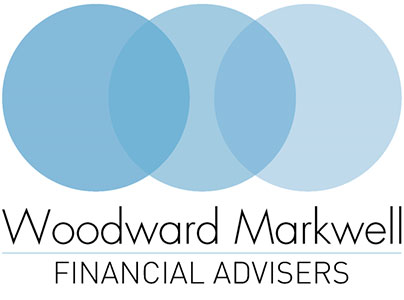
23rd June 2023
Combining drawdown with an annuity
ENJOYING A COMFORTABLE AND SUSTAINABLE RETIREMENT INCOME THAT GIVES YOU THE BEST OF BOTH WORLDS
If you’re considering combining drawdown with an annuity, it’s important to obtain professional financial advice to ensure you make the most of both options. Choosing the most suitable investment and calculating the amount of money you can realistically afford to withdraw from your pension each year is a complex matter, and it pays to be well informed.
A recent study has shown that millions of people in the UK are concerned about stock market volatility and the possibility of running out of money during their retirement[1]. The study found that 58% of working adults do not know how to ensure their pension fund lasts throughout retirement, whilst 66% of UK adults dislike the idea of financial uncertainty.
PENSION FLUCTUATES
Of those with a defined contribution (DC) pension, 54% revealed that they get anxious when the value of their pension fluctuates. Meanwhile, 37% of workers expressed a preference for both a set income and a pot of money to draw from during their retirement.
According to the research, only 15% of retired people said they would take a medium or higher risk on their investment portfolios. Also, workers aged 55-64 were found to be particularly interested in the option of receiving both a set income and having a pot of money to draw from.
RETIREMENT PORTFOLIO
An effective solution to address the concerns of retirees regarding stock market volatility and their fear of running out of money in retirement is to opt for a blended retirement portfolio that combines a fixed term annuity with a smoothed investment fund.
With the right blend of annuity and drawdown products, you may be able to enjoy a comfortable and sustainable retirement income that gives you the best of both worlds. A fixed term annuity can provide a stable income that covers your basic needs and is guaranteed to last for a selected period of three to twenty-five years.
INVESTMENT GROWTH
The rest of the retirement fund can be invested in a smoothed investment fund, which offers the potential for lower-volatility growth over time. This strategy could be appropriate for retirees who are looking to secure their financial future and ensure they live comfortably in their golden years.
A blended annuity and drawdown portfolio is an effective way of achieving a balance between controlling a retirement portfolio to benefit from future investment growth and mitigating the potential impacts of market volatility.
CONCEPT OF BLENDING
While this concept of blending annuity and drawdown solutions is not novel, recent changes in interest rates and stock market performance have reinforced the importance of considering annuities to support a reliable retirement income.
However, constructing such a portfolio requires the expertise of a highly skilled professional financial adviser. With the right advice, retirees can rest assured that their blended portfolio will be tailored to meet their individual investment goals and mitigate their concerns about market volatility.
DO YOU WANT TO ENSURE A COMFORTABLE RETIREMENT THAT MEETS YOUR INDIVIDUAL NEEDS?
We’ll work closely with you to create a fully customised retirement plan that is tailored to your unique situation and goals. Don’t settle for uncertainty when it comes to your future – contact us today to start planning for the retirement of your dreams.
/// AN EFFECTIVE SOLUTION TO ADDRESS THE CONCERNS OF RETIREES REGARDING STOCK MARKET VOLATILITY AND THEIR FEAR OF RUNNING OUT OF MONEY IN RETIREMENT IS TO OPT FOR A BLENDED RETIREMENT PORTFOLIO THAT COMBINES A FIXED TERM ANNUITY WITH A SMOOTHED INVESTMENT FUND.
Source data:
[1] LV= surveyed 4,000 nationally representative UK adults via an online omnibus conducted by Opinium in Sept 2022 and December 2022. UK population stats from ONS. Total UK adult population is 53.2m UK adults (aged 18+).
This article does not constitute tax or legal advice and should not be relied upon as such. Tax treatment depends on the individual circumstances of each client and may be subject to change in the future. For guidance, seek professional advice.
A pension is a long-term investment not normally accessible until age 55 (57 from April 2028 unless plan has a protected pension age). The value of your investments (and any income from them) can go down as well as up, which would have an impact on the level of pension benefits available. Your pension incomes could also be affected by the interest rates at the time you take your benefits.
